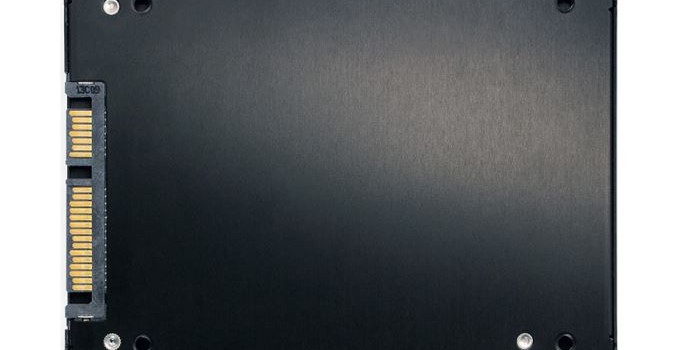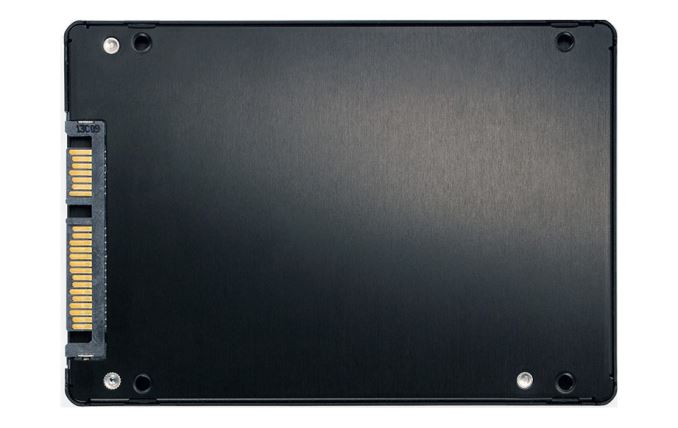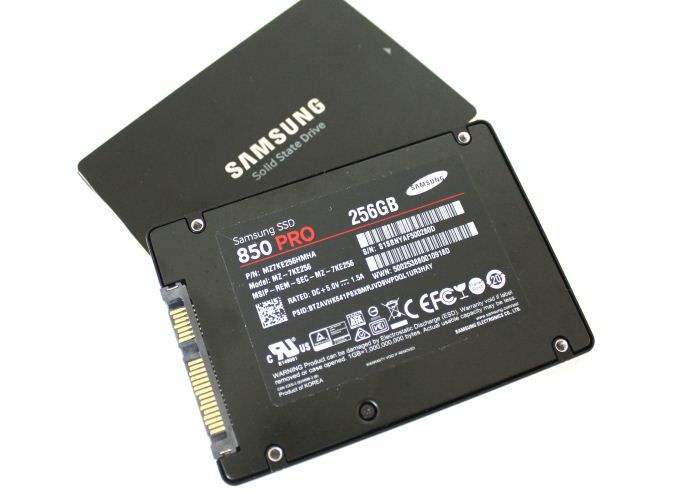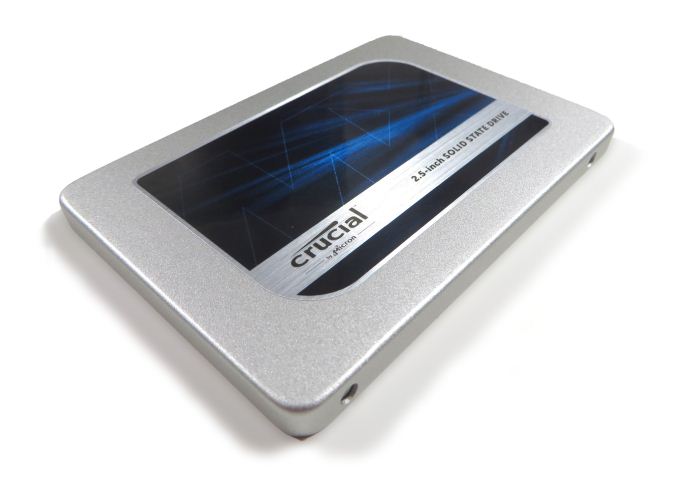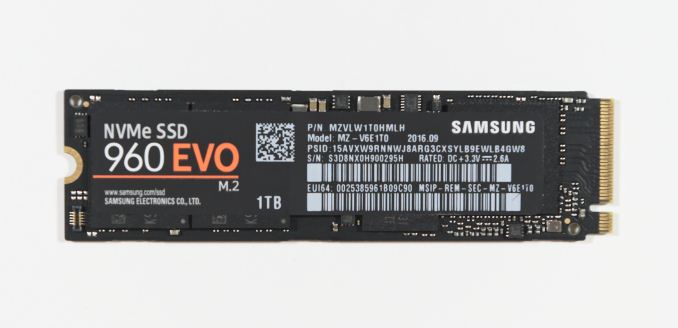Best SSDs: Q1 2017
The industry-wide NAND flash shortage has not abated, so there's little good news for consumers since the holiday edition of this guide. The best deals are a few cents per GB worse than they were during the holiday season. Older SSD models are being withdrawn from the market and current models are often out of stock. At CES we noticed a pattern of companies being ready to launch new models and capacities, but many of them are holding off until they can launch with sensible pricing and volume.
The situation should improve later this year when the next generation of 3D NAND hits the market. With 64 layers or more and up to 512Gb per die for TLC parts, we should finally see 3D NAND from all four major manufacturers making its way into retail SSDs. In the near term however, there's not much hope for improvement in prices and available drive capacities.
As always, the prices shown are merely a snapshot at the time of writing. We make no attempt to predict when or where the best discounts will be. Instead, this guide should be treated as a baseline against which deals can be compared. All of the drives recommended here are models we have tested in at least one capacity or form factor, but in many cases we have not tested every capacity and form factor. For drives not mentioned in this guide, our SSD Bench database can provide performance information and comparisons.
Premium SATA drives: Samsung 850 PRO
The SanDisk Extreme Pro has all but disappeared from the market, leaving the Samsung 850 PRO as the undisputed king of the SATA SSD market. No other consumer SATA SSD can match the 850 PRO's combination of performance and a ten-year warranty. For now, the only other SATA SSDs with 3D MLC NAND are ADATA's SU900 and XPG SX950, both based on Micron's 3D MLC. Those SSDs offer slightly higher endurance ratings but warranty periods of only 5 and 6 years, and we don't expect their performance to beat the 850 PRO.
Even the slowest PCIe SSD will outperform the Samsung 850 PRO in most ordinary usage scenarios, and some of those PCIe SSDs are cheaper than the 850 PRO. There are several SATA SSDs that offer performance that is close to the 850 PRO for a substantially lower price, most notably the Samsung 850 EVO. The appeal of the 850 PRO is far narrower than it was when this product first launched. If a new competitor does not emerge for this segment, we may retire this recommendation category entirely as it no longer serves any common consumer use case.
| 250/256GB | 500/512GB | 1TB | 2TB | |
| Samsung 850 PRO | $139.99 (55¢/GB) | $237.76 (46¢/GB) | $448.99 (44¢/GB) | $854.97 (42¢/GB) |
| Samsung 850 EVO | $93.99 (38¢/GB) | $169.99 (34¢/GB) | $324.99 (32¢/GB) | $689.00 (34¢/GB) |
Value & Mainstream SATA: Crucial MX300, Mushkin Reactor 1TB
The value segment of the SSD market is where drives sacrifice performance and endurance to reach the lowest possible prices. Since SSD prices have tended to drop across the entire market, it is almost always possible to spend just a little more money to get a significant performance boost. The mid-range segment is a battleground between TLC drives with high enough performance, and any MLC drives that can get the price down without sacrificing their inherent performance advantage over TLC.
The Crucial MX300 continues to be one of the most affordable SSDs on the market. Its combination of Micron 3D TLC and a great Marvell controller allows the the MX300 to deliver performance that is a clear step up from the cheapest planar TLC SSDs, and the MX300's power consumption is surprisingly low. MLC SSDs and the Samsung 850 EVO still perform much better under heavy sustained workloads, but the MX300 is good enough for most ordinary use.
| 250-275GB | 500-525GB | 1000-1050GB | 2TB | |
| Mushkin Reactor | $89.99 (35¢/GB) | $169.99 (33¢/GB) | $246.99 (24¢/GB) | |
| Samsung 850 EVO | $93.99 (38¢/GB) | $169.99 (34¢/GB) | $324.99 (32¢/GB) | $689.00 (34¢/GB) |
| Crucial MX300 | $94.99 (35¢/GB) | $149.99 (29¢/GB) | $252.08 (24¢/GB) | $549.99 (27¢/GB) |
Standard & M.2 PCIe: Intel SSD 600p and Samsung 960 EVO
As they did in the SATA SSD market with the Samsung 850 EVO, Samsung's 960 EVO has shown that the combination of 3D TLC and a great controller can hold its own against most MLC-based competitors. Now that it is widely available, we think the 960 EVO offers a good balance of affordability and performance for the PCIe SSD segment.
The Intel SSD 600p is the slowest PCIe SSD on the market, but also the cheapest by far. With pricing comparable to the Samsung 850 EVO, the Intel SSD 600p offers real-world performance that exceeds any SATA SSD. It won't hold up very well under very heavy sustained workloads, but its performance on ordinary desktop workloads is the reason we're not recommending the Samsung 850 EVO as a mid-range/mainstream SATA option.
| 128GB | 250-256GB | 500-512GB | 1TB | 2TB | |
| Samsung 960 EVO | $129.99 (52¢/GB) | $249.99 (50¢/GB) | $477.99 (48¢/GB) | ||
| Samsung 960 Pro | $327.99 (64¢/GB) | $629.99 (62¢/GB) | $1299.99 (63¢/GB) | ||
| Intel SSD 600p | $64.00 (50¢/GB) | $99.99 (39¢/GB) | $179.99 (35¢/GB) | $349.00 (34¢/GB) |
M.2 SATA: Samsung 850 EVO and Crucial MX300
M.2 has replaced mSATA as the small form factor of choice, and new product lines are no longer including mSATA variants. Selection of M.2 SATA SSDs is far more limited than 2.5" drives, but there are enough options to cover a reasonable range of prices and performance levels. The Samsung 850 EVO is the high-performance M.2 SATA drive of choice, and anyone wanting more performance should look to M.2 PCIe SSDs. The Crucial MX300 covers the low end of the market and carries only a slight premium over its 2.5" counterpart. ADATA and Western Digital offer M.2 versions of their latest entry-level SSDs, but they currently don't offer the value of the MX300.
| 250-275GB | 500-525GB | 1TB | |
| Samsung 850 EVO M.2 | $97.99 (39¢/GB) | $167.99 (34¢/GB) | $354.95 (35¢/GB) |
| Crucial MX300 M.2 | $89.99 (33¢/GB) | $149.99 (29¢/GB) | $279.99 (27¢/GB) |

